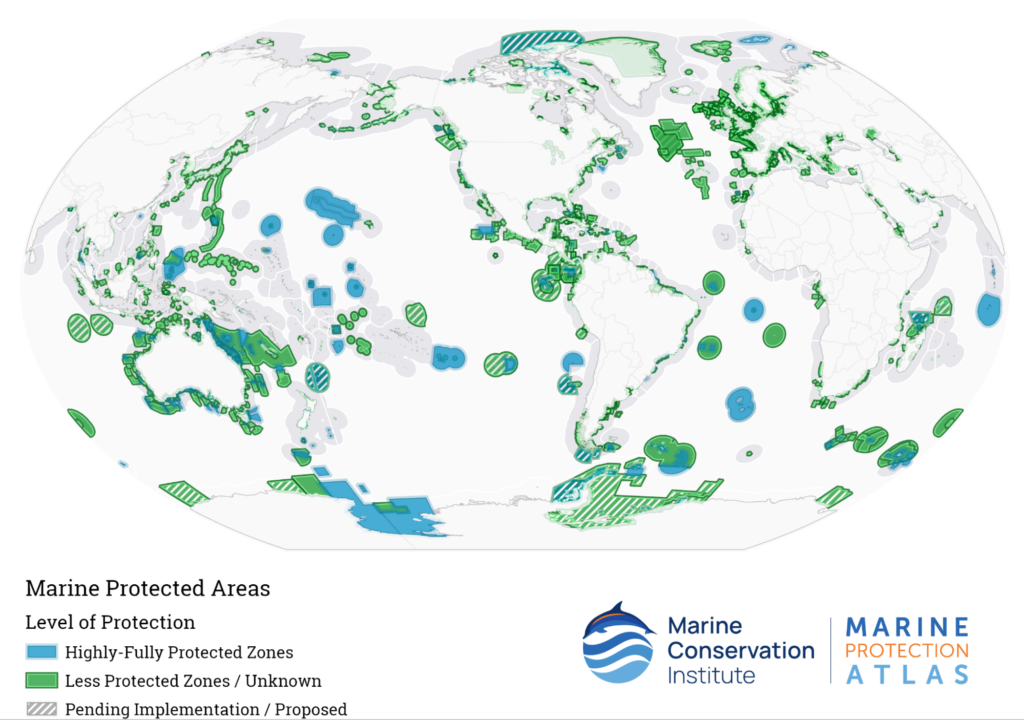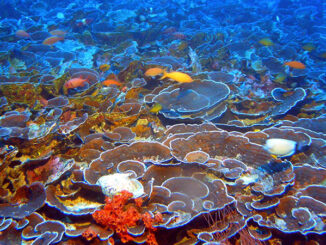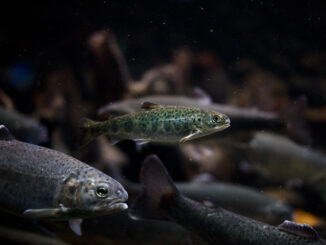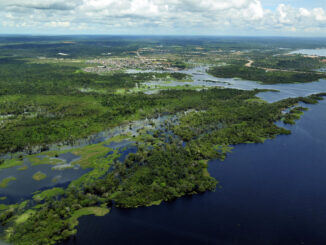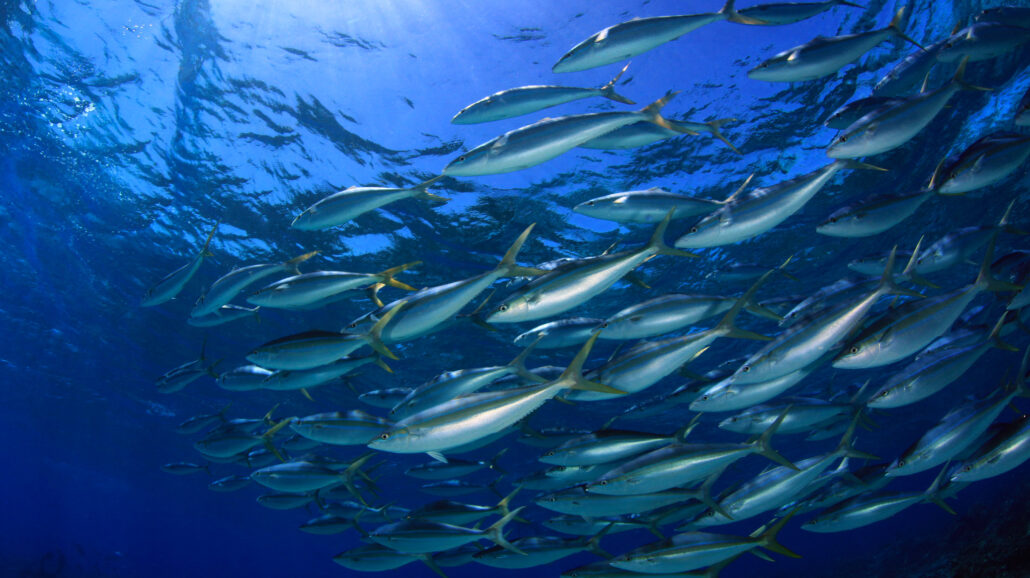
Banning or heavily restricting fishing from certain areas actually enhances fishing nearby, according to a new study.
Researchers from the University of Hawaii at Manoa said that a study of global marine protected areas, or MPAs, shows strong evidence of a positive spillover effect on adjacent seas where fishing is permitted. In addition to improved fish stock numbers, they say MPAs are helping anglers catch bigger fish, including record breakers.
Other studies have found similar positive effects from establishing MPAs, with researchers investigating the impact of specific marine conservation zones on neighboring fisheries. This latest study takes a global view, revealing a clear pattern.
Not only is fish abundance improved in areas adjacent to MPAs, but Researchers at the Hawaii Institute of Marine Biology said that, over time, marine protected zones help fishermen catch more “trophy-size” fish.
“This standardized global assessment illustrates the benefits that MPAs provide for recreational anglers, confirming the effectiveness of MPAs in enhancing fish biomass and local fisheries,” said HIMB principal researcher Simone Franceschini.
Franceschini, a post-doc, said it takes some time for marine protected areas to begin supplying neighboring fisheries with big trophy fish. However, he said the evidence is clear that, with a little patience, fishing interests and recreational fishermen will reap rewards from the establishment of MPAs.
“MPAs may take more than 20 years to show tangible spillover effects in the adjacent areas, which helps to set realistic expectations about the timeframe over which a marine reserve can be expected to have this type of effect on surrounding fisheries,” he said in an overview.
That may seem like a long time. But communities residing next to MPAs will see better fishing in terms of the volume of fish that can be caught within a decade, HIMB says.
Hawaii is home to the largest marine protected zone in the United States, the Papahānaumokuākea Marine National Monument. Another federally protected area exists in waters surrounding Maui and Molokai to protect migrating humpback whales. Hawaii’s state government also administers 11 much smaller marine wildlife protection zones.
Only about a dozen marine regions are considered highly fully protected zones, where fishing is completely banned or nearly entirely banned. Several more regions have been established as partially protected zones.
HIMB says the evidence they’ve compiled shows definitively that marine protected areas “produce tangible, real-world, long-term benefits for recreational fishers, resulting in a win-win situation for nature and people alike,” as HIMB associate professor Elizabeth Madin put it.
The marine biologists caution, however, that not all MPA establishments lead to the same degree of positive spillover effects. Enforcement is key—MPAs that are poached and ravaged by fishing fleets anyway, despite the formal restrictions, will demonstrate little to beneficial spillover impacts on adjacent areas not officially declared as protected.
With adequate rule enforcement and community buy-in, however, the gains are real.
“Successful MPAs have been shown to depend on community support, enforcement, and effective fisheries management,” Madin said.
©2025 Public Parks
Park Info
Location:
Worldwide
